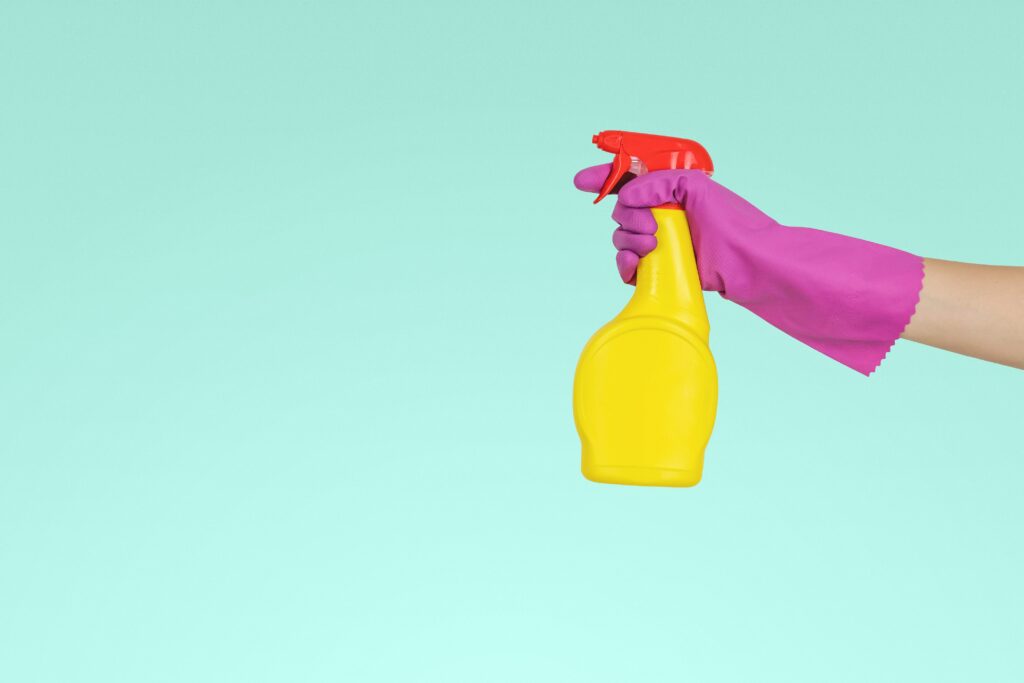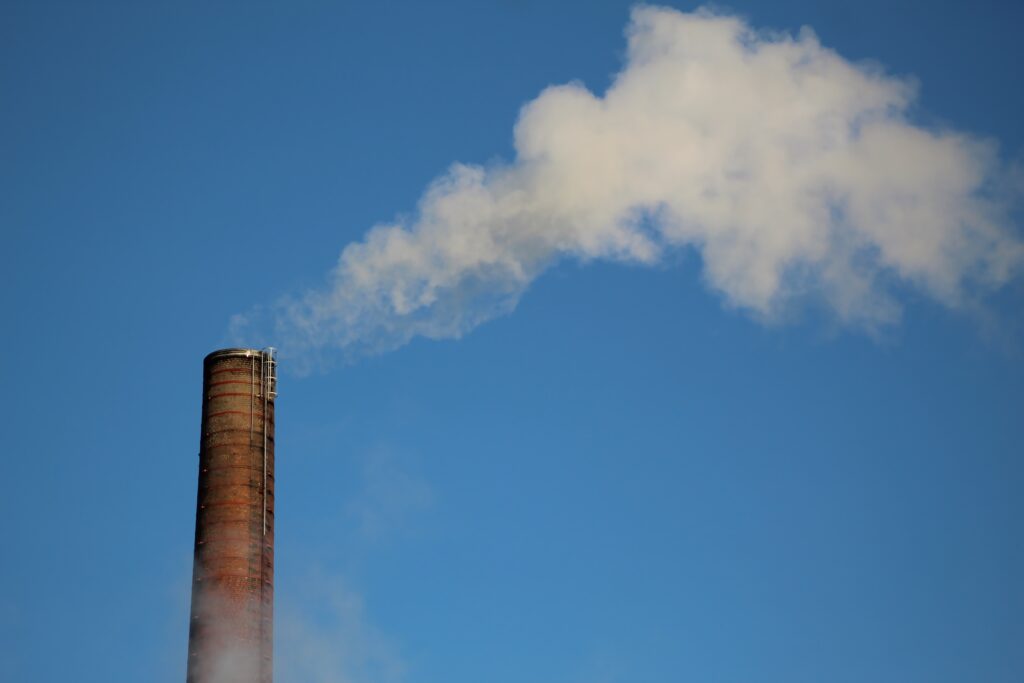Aerosol toxicity
Some aerosols can be toxic due to their chemical concentration or the size of the particles. Toxic aerosols can affect both our health and the health of our environment. Our respiratory system filters aerosols, so it is most affected when there are large doses of toxic aerosols in our environment.
Common toxic aerosols include:
- Smoke and smog from factories
- Car exhaust which can be made up of particulate matter (PM2.5 and PM 10), CO2, and CO
- Certain aerosol sprays (Hairsprays, spray paint, etc.)
- Aerosol air fresheners
- Pesticides
Particulate matter in our lungs
Fine particles from smog and smoke can make it deep into the lungs. This can be linked to health problems such as:
- Asthma exacerbations
- Decreased lung function
- Irritation of airways, coughing, and difficulty breathing
- Premature death in people with heart and lung disease
- Nonfatal heart attacks
- Irregular heartbeat

Volatile organic compounds (VOCs)
Volatile organic compounds (VOC) are emitted as a gas from a variety of solids and liquids. VOCs contain many chemicals that can cause short-term and long-term health effects. When VOCs are emitted indoors, they can have much higher concentrations. According to the EPA, the main sources of VOCs are:
- paints, paint strippers and other solvents
- wood preservatives
- aerosol sprays
- cleansers and disinfectants
- moth repellents and air fresheners
- stored fuels and automotive products
- hobby supplies
- dry-cleaned clothing
- pesticides
The EPA lists the health effects of VOCs to be:
- Eye, nose and throat irritation
- Headaches, loss of coordination and nausea
- Damage to liver, kidney and central nervous system
- Some VOCs can cause cancer in animals, some are suspected or known to cause cancer in humans
How to reduce your exposure to aerosols
Here you can find information on how to reduce your exposure when working around aerosols.
- Try to avoid using air fresheners
- Wear a mask when painting
- Stay away from idling vehicles
- If possible make your own cleaning supplies! Click here to learn how

References
Click the link to read more about VOCs: EPA info about VOCs
Click the link to read more about particulate matter: CAICE info about aerosols and particulate matter

